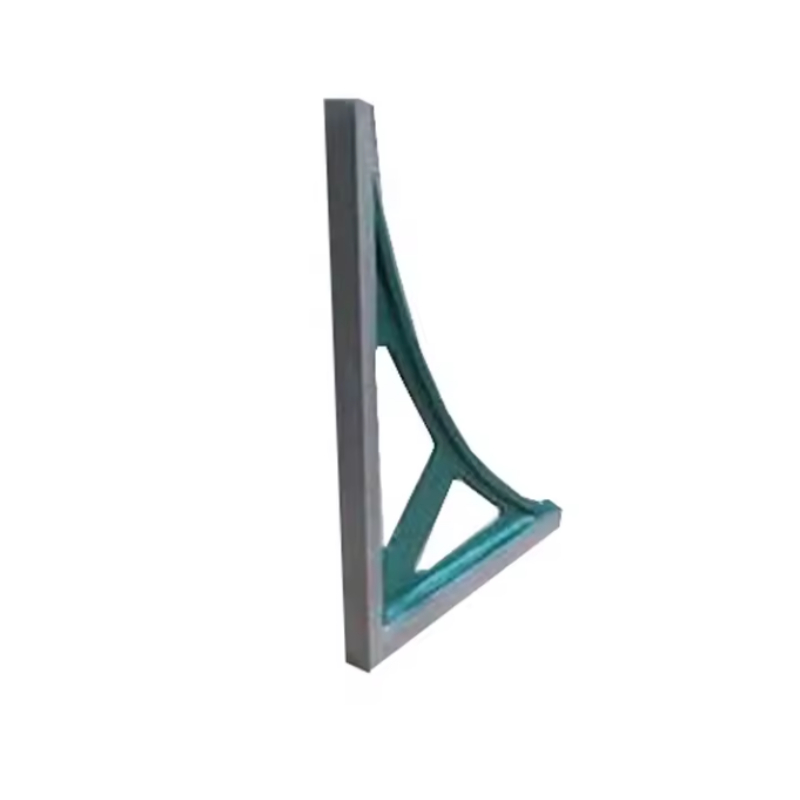Dec . 06, 2024 07:47 Back to list
Exploring Various Types of Pressure Control Valves for Industrial Applications
Pressure Control Valve Types
Pressure control valves are essential components in various industries that require the regulation of fluid pressure within a system. By maintaining the desired pressure levels, these valves ensure safe and efficient operation in processes such as oil and gas, water treatment, chemical production, and many more. Understanding the types of pressure control valves can help engineers and technicians choose the right one for specific applications.
1. Relief Valves
Relief valves are designed to open automatically when the pressure in a system exceeds a predetermined level. They serve as safety devices, preventing overpressure conditions that can lead to equipment failure or catastrophic incidents. Relief valves can be further categorized into two types spring-loaded and pilot-operated. Spring-loaded relief valves use a spring mechanism to hold the valve closed until the pressure threshold is reached. In contrast, pilot-operated relief valves utilize an auxiliary control pressure to ensure tighter regulation and minimize leakage.
2. Regulating Valves
Regulating valves maintain a constant outlet pressure regardless of changes in upstream pressure or flow rate. They are widely used in applications where a stable pressure is crucial for proper operation. These valves often involve more sophisticated mechanisms, such as electronic control systems, which adjust the valve position based on real-time pressure measurements. Regulating valves are commonly found in natural gas distribution and water supply systems, where fluctuating pressures can lead to inefficiencies or hazardous situations.
pressure control valve types

Backpressure valves allow for the regulation of pressure on the upstream side of the valve. These valves are usually installed in processes where the downstream pressure must be kept lower than the upstream pressure, allowing excess flow to be redirected back into the system or into a waste line. Backpressure valves are particularly useful in chemical processing and wastewater management, where maintaining specific pressure levels is important for effective system operation.
4. Two-Way Control Valves
Two-way control valves are simple devices that regulate flow by either allowing or blocking it. These valves are employed in various applications where on/off control is sufficient to manage pressure. While they do not provide modulating control like other valves, they are beneficial in systems that require straightforward pressure management. Two-way valves are commonly found in irrigation systems, HVAC applications, and industrial processes where binary (open/close) flow control is adequate.
5. Three-Way Control Valves
Three-way control valves facilitate the mixing or diverting of fluids and are used in applications requiring more complex flow management. These valves can simultaneously regulate pressure and direct flow to different parts of a system. Depending on their configuration, they can either mix two fluid streams or divert one fluid stream between two different outlets. Three-way valves are prevalent in HVAC systems, chemical mixing applications, and processes requiring specific pressure and flow combinations.
Conclusion
Selecting the right type of pressure control valve is crucial for efficient and safe fluid management in various applications. Each type has its unique characteristics and applications, from relief valves that prevent overpressure situations to regulating valves that maintain constant output pressure. Understanding the differences between these valves enables engineers and operators to design and implement reliable systems that meet operational demands. By investing in the appropriate pressure control valve for specific needs, industries can enhance their efficiency, safety, and overall performance.
-
Thread Plug Gauge Our Promise of Measurement ExcellenceNewsAug.22,2025
-
Gauge Pin Class Reflecting Quality LegacyNewsAug.22,2025
-
Check Valve Types for High Rise BuildingsNewsAug.22,2025
-
Water Control Valve for Irrigation SystemsNewsAug.22,2025
-
Gate Valve with Soft Seal TechnologyNewsAug.22,2025
-
Y Type Strainer for Oil and Gas ApplicationsNewsAug.22,2025
Related PRODUCTS









